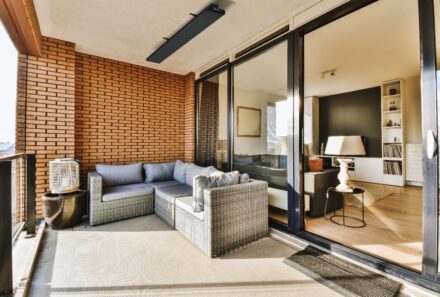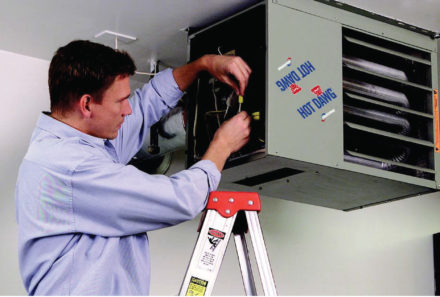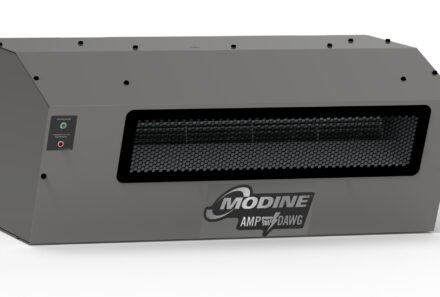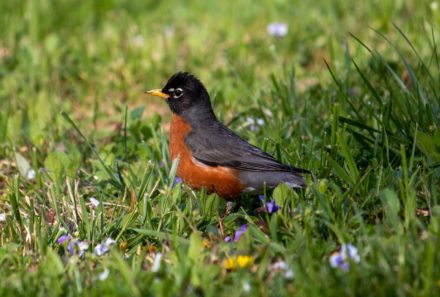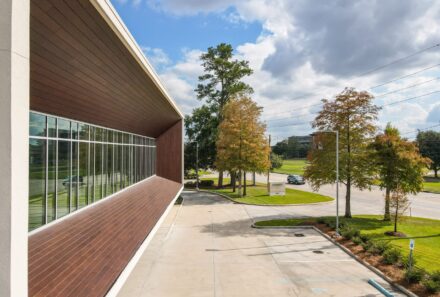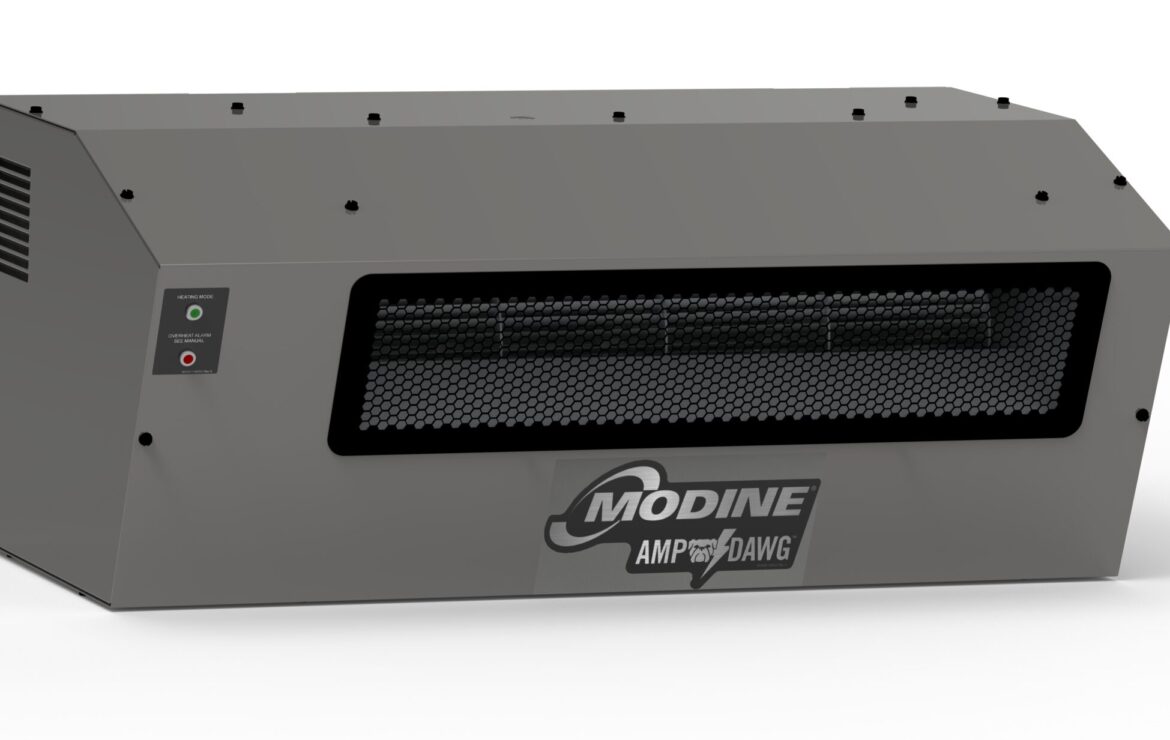
Unit Heaters 101
With the gradual decrease in daylight hours and the drop in temperatures in the coming months, it’s essential to address your heating needs now. Neglecting proper heating solutions can have detrimental effects in spaces you need to keep warm year round, potentially leading to disaster. Installing a unit heater in your garage, warehouse, or greenhouse can ensure a comfortable environment for accessing your vehicles, working on projects or growing crops year-round.
A Brief History of Unit Heaters
Unit heaters have evolved over centuries, tracing back to the 1700s. The first modern heating blower was installed by John Desaguliers in the British Houses of Parliament in 1735. It wasn’t until 1846 that the U.S. saw its first fan-type system in the House of Commons in Boston. Innovators continued to refine heating technology, leading to the development of “hot blast” systems in the 1890s. The late 19th century also witnessed the invention of thermostats, providing greater control over heating systems. In 1926, Author B Modine applied for a patent on the heating unit he developed to heat the manufacturing floor in Racine, WI, where the current corporate headquarters is still located.
Introduction to Unit Heaters
Unit heaters represent a contemporary heating technology designed to warm a designated area efficiently. Each unit comprises a heating element paired with a fan or blower. These heating devices are typically mounted on the ceiling of a building, offering significantly more powerful heating capabilities compared to conventional space heaters. What sets unit heaters apart is their adaptability – they can be installed either vertically or horizontally to suit the layout of your space.
Vertical vs. Horizontal Unit Heaters
Vertical unit heaters excel in spaces with high ceilings, narrow layouts, or obstructions that hinder horizontal installation. They can be strategically positioned to work in tandem with one another, optimizing heat distribution across the room. On the other hand, horizontal unit heaters are ideal for areas with low ceilings or where heat loss is a primary concern, such as near windows or along the room’s perimeter, preventing heat from escaping.
Fans in Unit Heaters
Many unit heaters, including Modine’s offerings, incorporate fans or blowers into their design. These fans facilitate the efficient circulation of heated air within the space. It’s crucial to select the right-sized unit heater to ensure even and effective air distribution throughout the area. For larger spaces, consulting with an HVAC professional may be necessary to configure multiple units appropriately for optimal heating.
Types of Unit Heaters
Unit heaters vary based on their energy source, including electricity, gas, oil, steam, or hot water. The choice depends on the available fuel sources in your building. Unit heaters are well-suited for spaces like warehouses, greenhouses, garages, or workshops that lack a central heating system. Before installation, it’s advisable to consult a professional to assess your specific needs and requirements.
Modine’s Unit Heater Offerings
Modine offers a range of unit heaters to meet various needs. From residential heating to industrial application. Here are some of the options available:
The Effinity® Commercial Gas-Fired Unit Heater: This highly efficient unit heater operates at up to 97% thermal efficiency, resulting in substantial energy cost savings and reduced CO2 emissions. It’s suitable for commercial and industrial applications.
Hot Dawg® Separated Combustion Gas-Fired Unit Heater: Ideal for smaller businesses like garages, this unit draws all combustion air from the outside, making this unit ideal for workshops with dusty or dirty environments. It provides protection against dust, dirt, and humidity and is available for natural or propane gas.
The New Amp Dawg™ electric unit heater: is residentially certified for application flexibility throughout a home, such as a basement or garage, or workshops. Unlike your typical electric heater, provide the heating and air throw on par with the Modine Hot Dawg® gas-fired unit heater. The durable, commercial grade elements allow for top heating performance and durability.
Finally, Modine’s Lodronic™ low-temperature hot water unit heater: was designed and engineered specifically for use with high-efficiency boilers, geothermal systems or air-to-water heat pumps
Choosing the Right Unit Heater
Modine’s unit heaters, available in electric, gas, and hydronic options, are designed to meet various heating needs efficiently. Installation is straightforward, involving positioning the unit, setting up the vent system, and connecting power and fuel sources. Whether you’re a homeowner seeking warmth in your garage or a facility manager in need of efficient heating, Modine’s unit heaters offer practical solutions to keep you comfortable throughout the winter season. Contact us to create a heating plan tailored to your specific requirements before the cold weather arrives.

